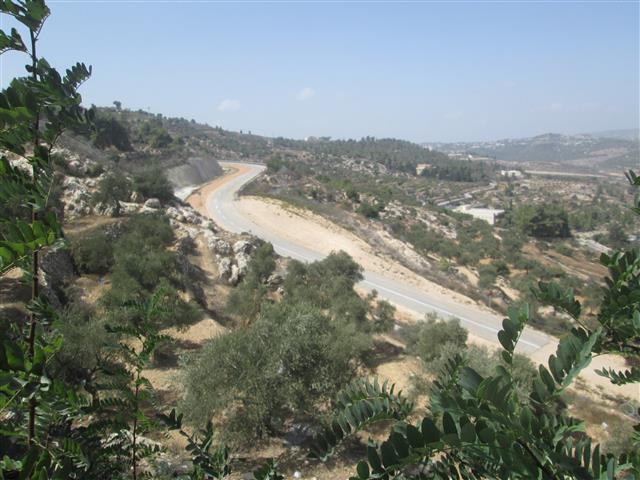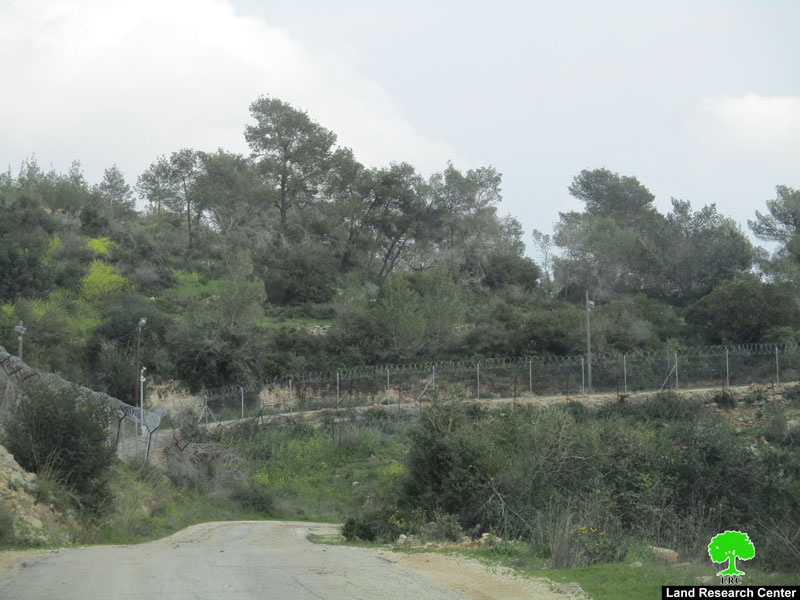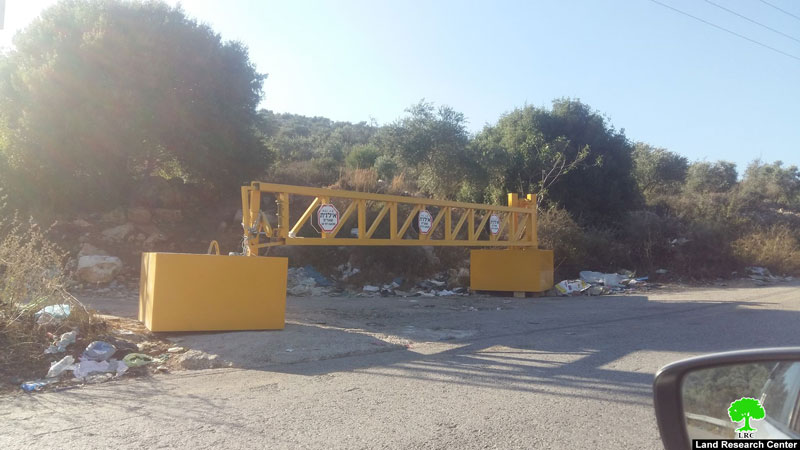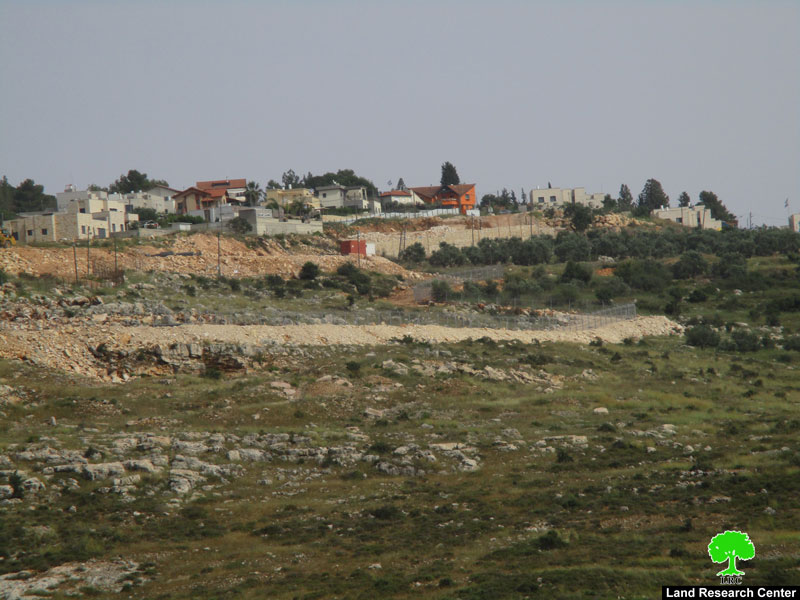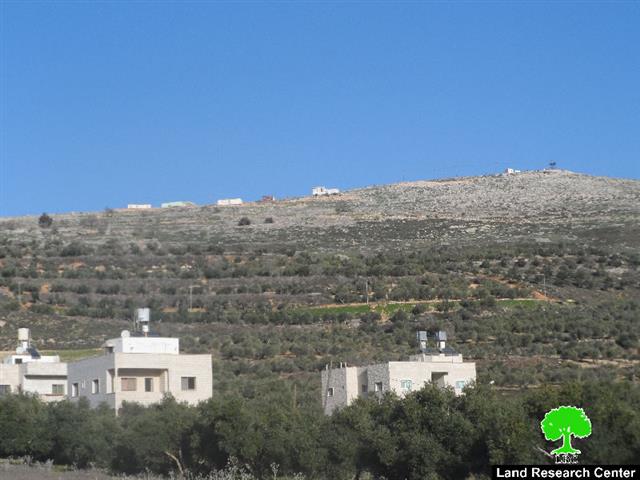On the 30th of November 2014, the Israeli Supreme court held a hearing regarding the construction of the Israeli Segregation Wall on lands of Cremisan Valley in Beit Jala city (south of Jerusalem city). The court hearing was held to listen to the opinion of all the parties involved in the case of Cremisan, of Palestinian land owners and the Salesian Sisters convent and Cremisan Monastery, regarding the alternative routes of the wall submitted by the Israeli occupation army on the 20th of August 2014, at the request of the Israeli Supreme Court in its last hearing session held on the 7th of August 2014.
The Israeli Supreme Court issued on the 11th of August 2014 a ruling concerning the construction of the Israeli Segregation Wall in Cremisan area in Beit Jala city; the ruling asked the State of Israel to take into consideration different options for re-routing the segregation wall in the area, allowing the two Salesian Monasteries to remain on the Palestinian side of the wall. The Court also gave the state of Israel until the 4th of September 2014 to respond to the court.
Following nearly two weeks of the court's ruling, on the 20th of August 2014, the Israeli government submitted two new alternative routes of the Segregation wall in the Cremisan valley to the Israeli Supreme court; The two routes revealed Israel’s strong desire to confiscate as much land as possible from Palestinians in the Cremisan valley and annex it to Israel under the pretext of security, rather than easing the extent of damage that will be caused to Palestinian land owners and the two monasteries in case of land confiscation and isolation. Following is a presentation of the two alternative wall routes submitted by the State of Israeli to the supreme court:-
First: The latest revised wall route which was published on the Israeli Ministry of Defense website on the 30th of April 2007 shows that the current wall route on lands of Cremisan, which partially penetrates deep inside the lands of Beit Jala today, will wrap around the Salesian Sisters convent and then extends towards the direction of the tunnel road (part of the bypass road No. 60) and separates the Salesian Sisters convent and the School affiliated to it from the Cremisan Monastery as the Salesian Sisters convent will remain on the Palestinian side of the wall while the Cremisan Monastery and the surrounding land (including those owned by the 58 Palestinian families in Beit Jala) will remain on the Israeli side of the wall, within the part that will be annexed to Israel. The current wall route also includes the erection of a gate at the entrance of the Salesian Sisters convent so that the nuns can access the Cremisan monastery when necessary or to leave to Jerusalem, Israel, and vice versa through the road that has been paved recently between the Cremisan valley and Jerusalem. It should be noted that the wall section planned for completion in the area will cause the destruction of nearly 1580 trees if implemented. See Map 1
Second: The Israeli government submitted two alternative wall routes to the Israeli Supreme Court, where the first routes appears to keep the current route of the wall as it is with the addition of another wall section that extends from the Salesian Sisters convent towards the Cremisan Monastery. This section will include the construction of a security fence on both sides of the road linking the Salesian Sisters convent with the monastery and continues northwards to wrap around the monastery and connect again with the Israeli fence on the other side of the road. This route also includes the erection of a wall gate adjacent to the monastery from the north-west so that the priests and the nuns can access the city of Jerusalem, Israel, and vice versa through the road that has been paved recently in the valley of Cremisan to Jerusalem area. Additionally, the plan includes the establishment of two other wall gates adjacent to the Salesian sisters convent, under the name "operational gates". The proposed wall route will also isolate Palestinian families in Beit Jala from their land in the Cremisan valley area in addition to the land that will be destroyed if Israel carried out its segregation plan in the area. See Map 2
Third: the second route also appears to keep the current route of the wall as it is with the addition of another wall section, a security fence that extends on both sides of the road linking the Salesian Sisters convent and the Cremisan monastery. This route also includes the erection of a gate at the entrance of Salesian Monastery to allow access of the priests and the nuns to the city of Jerusalem, Israel, and vice versa, through the road that has been paved recently in the Cremisan valley to Jerusalem area. This is in addition to the erection of two operational gates on the wall adjacent to the nuns convent, for the explicit use of the Israeli occupation Army. See Map 3
Both routes are not much different from their predecessor as both alternative routes miserably fail to convince the Palestinians that the Israeli aspirations in the area are solely for security and protection, but to confiscate land, isolate communities and deprive Palestinians their right to their land.
The Council for Peace and Security (CPS) proposes a new Wall route in the Cremisan Valley Area
The Council for Peace and Security (CPS) presented to the Israeli court a new proposal of the route of the Israeli Segregation wall in the Cremisan area. The first section of the revised wall route to be built on the eastern part of the two Salesian Monasteries and parallel to Gilo settlement. The wall then continues towards the north (north of the two Salesian Monasteries), and parallel to the 1949 Armistice Line, and continues northwest in the direction of Al Walajeh village to connect with the endpoint of the wall section already built on the north and northeastern side of Al Walajeh village. This section comes to cancel the wall section that currently separates Al Walajeh village from Cremisan Valley. The wall then extends parallel with Har Gilo settlement from its eastern side, completely separates it (Har Gilo) from Cremisan Valley area and cancels the current wall section that is planned to be built in that specific area (as delineated by the Israeli occupation army (IOA)). Accordingly, the only connection point for Gilo settlement with the surrounding settlements and Jerusalem will be from the western side of the settlement; therefore, maintaining the lands of Cremisan (the property of the two Salesian Monasteries) and the land of the 58 Palestinian families on the Palestinian side of the wall. See Map 4
The CPS suggested wall route have positive impacts, as (first) 90% of the land threatened of confiscation and isolation in the Cremisan Valley area will stay on the Palestinian side of the wall and Palestinians will continue to access it as before. (Second), additionally, the wall route (as proposed by the CPS) will maintain one of the few green areas left for Beit Jala city citizens and will help sustain the high biodiversity and the abundant natural resources in the area in the future. (third), moreover, damages that will be caused to the Palestinian land in the Cremisan area, according to CPS suggested wall route are much less (environmentally and economically speaking) comparing to what the current wall route has already caused and is expected to cause in case Israel maintains the current route of the wall in the area as is (wall as delineated by the IOA). (fourth), Not forgetting to mention that The proposed CPS wall route will reduce the migration of Palestinians out of the country, where the Cremisan area is one of the few outlets and expansion areas left for the Palestinians in Beit Jala in the future. The current route of the wall (as proposed by the IOA) will come on the entire Cremisan property and deprive Palestinian land owners of their property as well. This in turn will contribute, to a large extent, in the migration of Palestinians outside Palestine because of the unilateral measures imposed by the Israeli government against the Palestinians and the exploitation of their rights; and (fifth), the suggested wall route of the CPS will protect the educational process in the area and will give the possibility of the expansion of the Salesian Sisters school in the future and accommodate more students. It is worth mentioning that the Salesian Nuns School contribute to easing the burden on Palestinian families with limited income whose children attend the school to benefit from the educational services offered by the school which charges minimum fees.
To conclude,
The Israeli government, and under the guise of security, seeks to achieve its colonial ambitions in the Cremisan Valley in Beit city. Both alternative routes submitted by the State of Israel to the court are not relevant to what Israel claims. Israel’s intention is to annex Palestinian land in the Cremisan area to the borders Israel through the construction of the wall, so that it could then, implement its settlement plans and create a territorial contiguity between Israeli settlements in the area, regardless of the negative impact on Palestinians living in the city.
Prepared by:
The Applied Research Institute – Jerusalem


